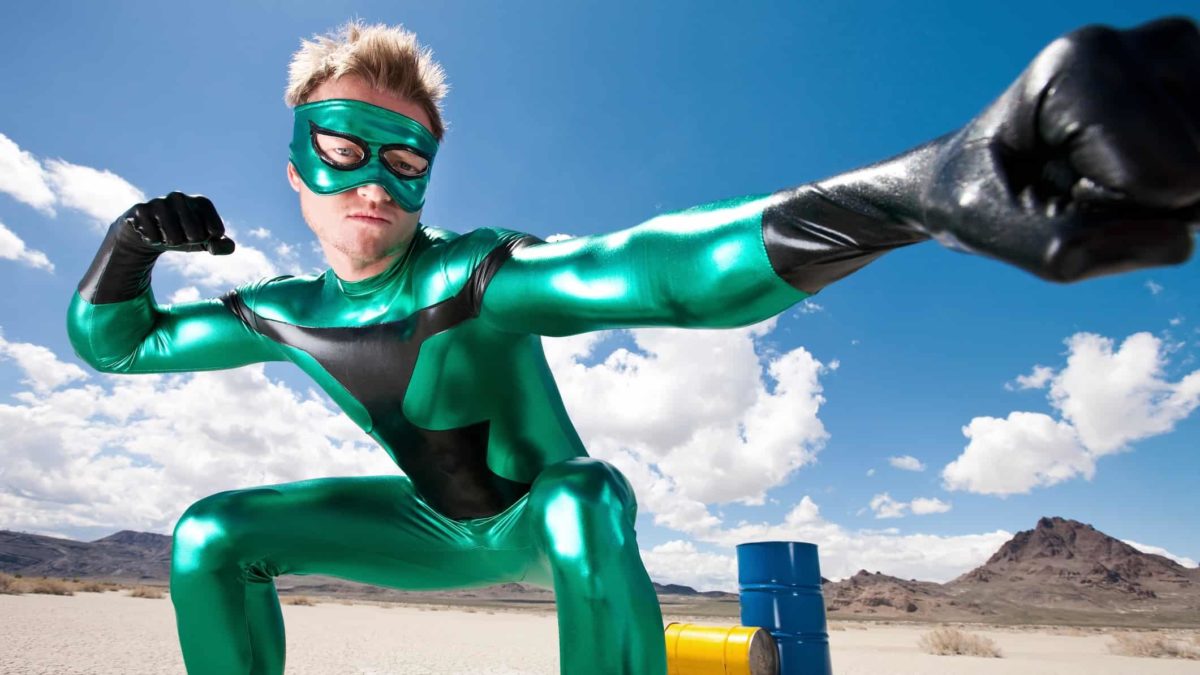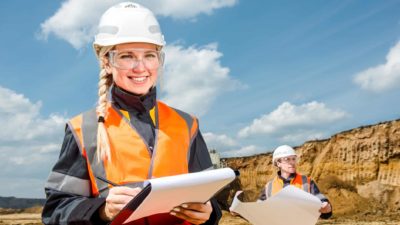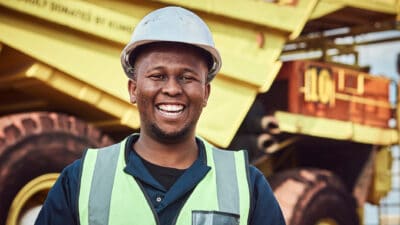Fortescue Future Industries (FFI), the green division of Fortescue Metals Group Limited (ASX: FMG), is working on producing green hydrogen. But how close is that to becoming reality?
First of all, let's look at what 'green hydrogen' actually is. Some forms of hydrogen are produced with fossil fuels used in the process.
However, the idea behind green hydrogen is that only renewable energy is used to split water molecules, creating hydrogen.
Fortescue Future Industries is aiming to decarbonise its trucks, drill rigs, planes, and industrial processes with green hydrogen. The hydrogen can also be turned into green ammonia which can be used as a fuel for shipping and rail, as well as creating green fertiliser for agriculture.
How much green hydrogen does Fortescue Future Industries want to make?
FFI wants to become a global leader in green energy and technology, including leading the effort to decarbonise sectors that are difficult to decarbonise.
Fortescue Future Industries is investing to create a global portfolio of green energy projects to supply 15 million tonnes per year of renewable green hydrogen by 2030. From there, the plan is to accelerate production to 50 million tonnes per year over the following decade.
Green hydrogen production plans
In December 2021, FFI announced that it had made hydrogen using an electrolyser designed and built by the Fortescue Future Industries team. This process produced industrial-grade hydrogen for the first time.
FFI is now looking at multiple new electrolyser technologies that will form part of the electrolyser patent family. The outcomes of these projects will inform its electrolyser technology selection going forward.
At present, FFI is in the process of installing solar panels at its Dawson Road facility in Western Australia. This will see its electrolyser being able to produce green hydrogen in 2022.
However, to reach the company's longer-term goals, there are plans for a number of projects around the world.
In November 2021, FFI received planning approval from the Queensland government for the global green energy manufacturing (GEM) centre in Gladstone, Queensland. The first stage of development is to build an electrolyser manufacturing facility with an initial capacity of two gigawatts per annum. This entails an investment of up to US$83 million with construction starting last month.
The GEM has several growth stages already planned into its factory footprint, including green manufacturing technology such as cables, batteries, wind turbines, and solar panels.
It also has a number of agreements with various countries about the potential for creating green hydrogen production facilities, including Indonesia, Canada, PNG, Jordan, India, and Brazil.
Fortescue also recently announced an agreement with Airbus to create a plane that can run on green hydrogen.
Who will its customers be?
While Fortescue Future Industries is building its portfolio of production facilities, it is also building a client base for its future production.
Covestro, a world-leading, Germany-based supplier of high-tech polymer materials, is planning on formalising an agreement where FFI will supply it with the equivalent of up to 100,000 tonnes of green hydrogen a year.
In October 2021, Fortescue Future Industries signed an agreement with JCB and Ryze Hydrogen to become the United Kingdom's largest supplier of green hydrogen. JCB and Ryze will purchase 10% of FFI's global green hydrogen production.
Under the partnership, FFI will lead the green hydrogen production and logistics to the UK market, and JCB and Ryze will manage green hydrogen distribution and development of customer demand in the UK, according to FFI.
Green hydrogen to become cheaper?
The cost to produce green hydrogen is seen as one of its drawbacks to it becoming more widely used.
Various media, including The Guardian, recently reported on how Australian researchers from technology company Hysata claim to have increased the efficiency of electrolysers. The company says its technology could reduce the cost of producing hydrogen to as low as $2 per kilo.
Hysata CEO Paul Barrett said that the efficiency levels achieved were the best in the world:
We've gone from 75% [efficiency] to 95% – it's really a giant leap for the electrolysis industry.
For hydrogen producers, this will significantly reduce both the capital and operational costs to produce green hydrogen.





